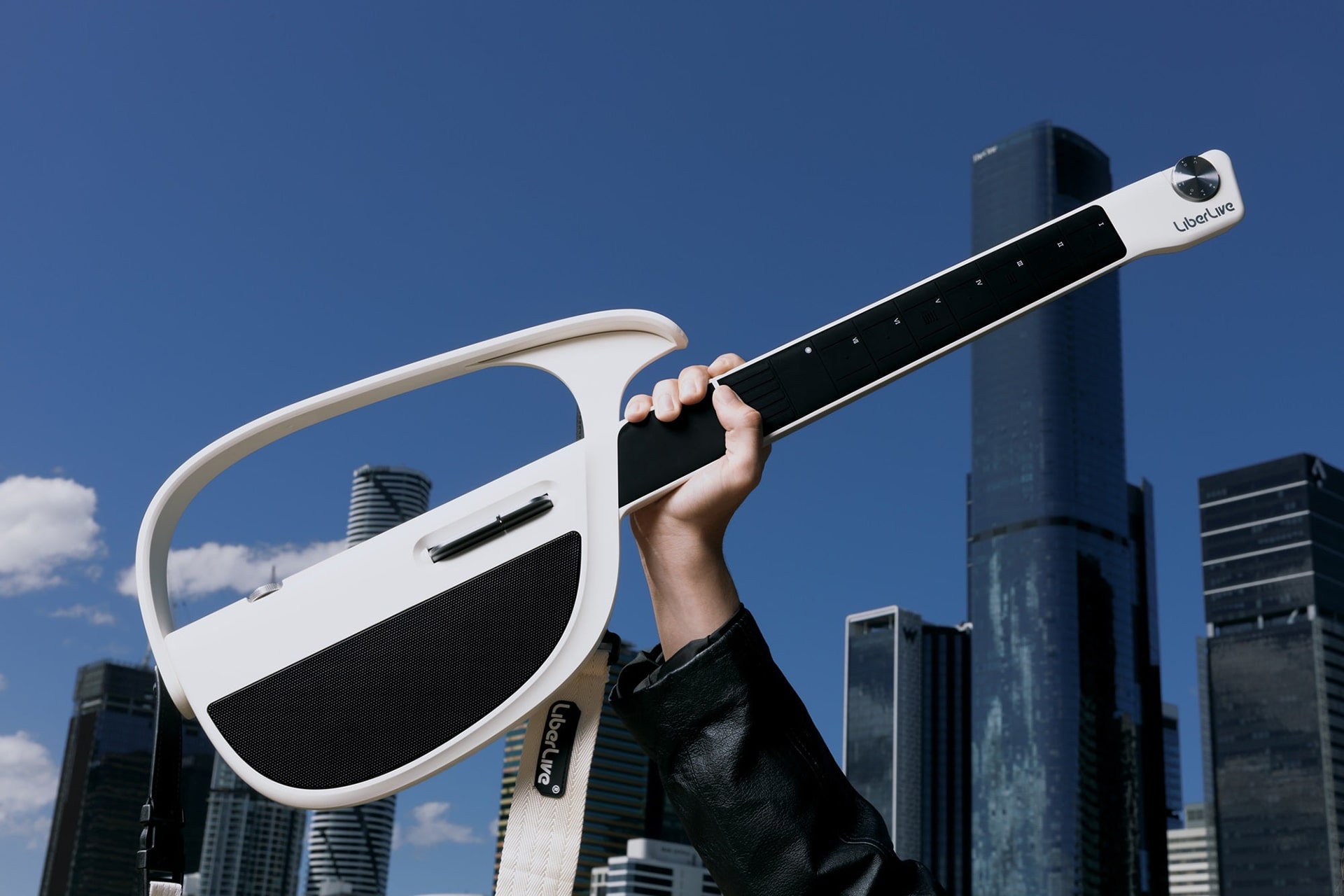LiberLive, a music technology company, has introduced LiberAOS, a proprietary high-dynamic audio sampling and synthesis system. The technology serves as the core of the company’s second-generation instrument, the C2 stringless guitar.
According to LiberLive, LiberAOS is the world’s first high-dynamic sampling and synthesis architecture designed specifically for stringless guitars. The system integrates four modules—signal capture, processing, audio engine, and acoustic output—forming a complete end-to-end music production workflow.
Technically, LiberAOS is built around two central dimensions: interaction and sound quality. On the interaction side, an optimized signal processing system enables precise, real-time responsiveness. On the sound quality side, a professional-grade tone library and dynamic processing technology aim to deliver studio-level performance. The design preserves the expressive characteristics of traditional guitar playing while enhancing them through intelligent interactivity, offering a balance of fluid operation and authentic tone for use in live performances, professional recording, or casual practice.
At the core of the LiberAOS architecture is a multicore heterogeneous chipset, also developed by LiberLive. Serving as the platform’s data processing hub, it works with a magnetic pick and a pressure-sensitive fingerboard to form a responsive sensing matrix. The system captures subtle performance nuances—from variations in finger pressure to changes in picking angle—extracting multidimensional signals such as force, angle, and frequency to interpret and reproduce a player’s intent with precision.
LiberAOS functions much like a compact embedded audio workstation. Its quad-core parallel architecture operates like four producers working simultaneously to ensure real-time performance stability. The proprietary audio engine acts as an intelligent producer, analyzing performance intent within milliseconds and drawing from a tone library containing tens of millions of samples to select the most appropriate sound for each note.
To achieve natural instrument timbre and musical expressiveness, LiberLive collaborated with professional acoustic laboratories to sample classic guitar models from brands including Martin and Taylor, and extended the sampling to pianos, drums, and bass guitars. Each guitar alone required about a month of sampling, covering variables such as pick material, string angle, playing strength, and even the tactile differences between fingernails and fingertips. These detailed variations form the foundation of LiberLive’s dynamic sound database.
As a result, each note played on the C2 is not a single static audio file but part of a categorized collection of tonal samples classified by dynamics, technique, and emotional expression. This enables the system to match each sound precisely to the performer’s musical intent.
For output, the C2 features a dual-band speaker system with 3.25-inch bass drivers, acoustically tuned for layered, full-bodied sound. Even without external amplification, it delivers spatially rich audio suitable for small live performances.
By establishing a complete technological loop, the C2 advances on its predecessor’s ease of use while introducing major upgrades through LiberAOS. The instrument also adds functions such as intelligent sing-and-play and multiple performance modes, enabling quick track creation with near studio-level sound quality.
Through this release, LiberLive seeks to bridge the gap between professional-grade audio performance and user-friendly smart instruments, positioning the C2 as a next-generation tool for both music creators and performers.
KrASIA Connection features translated and adapted content that was originally published by 36Kr. This article was written by Huang Nan for 36Kr.

